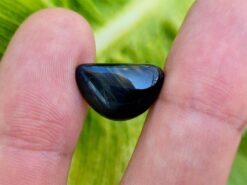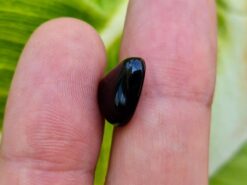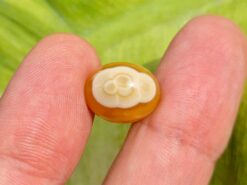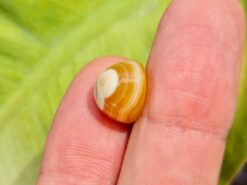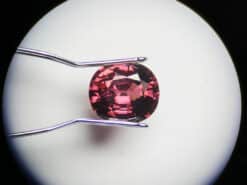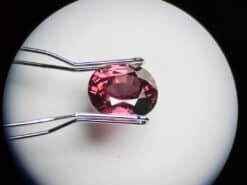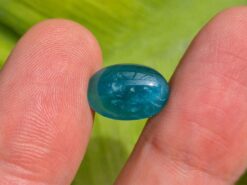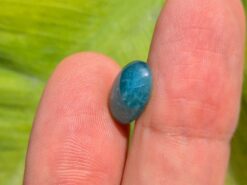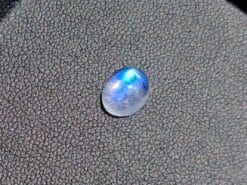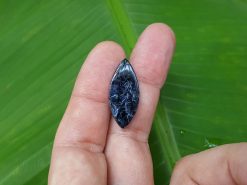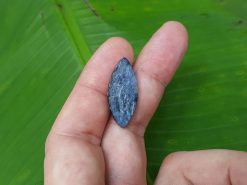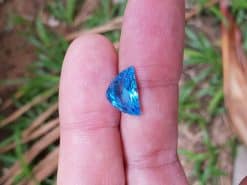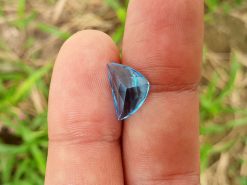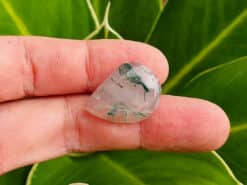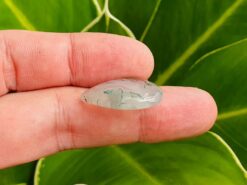Calcite
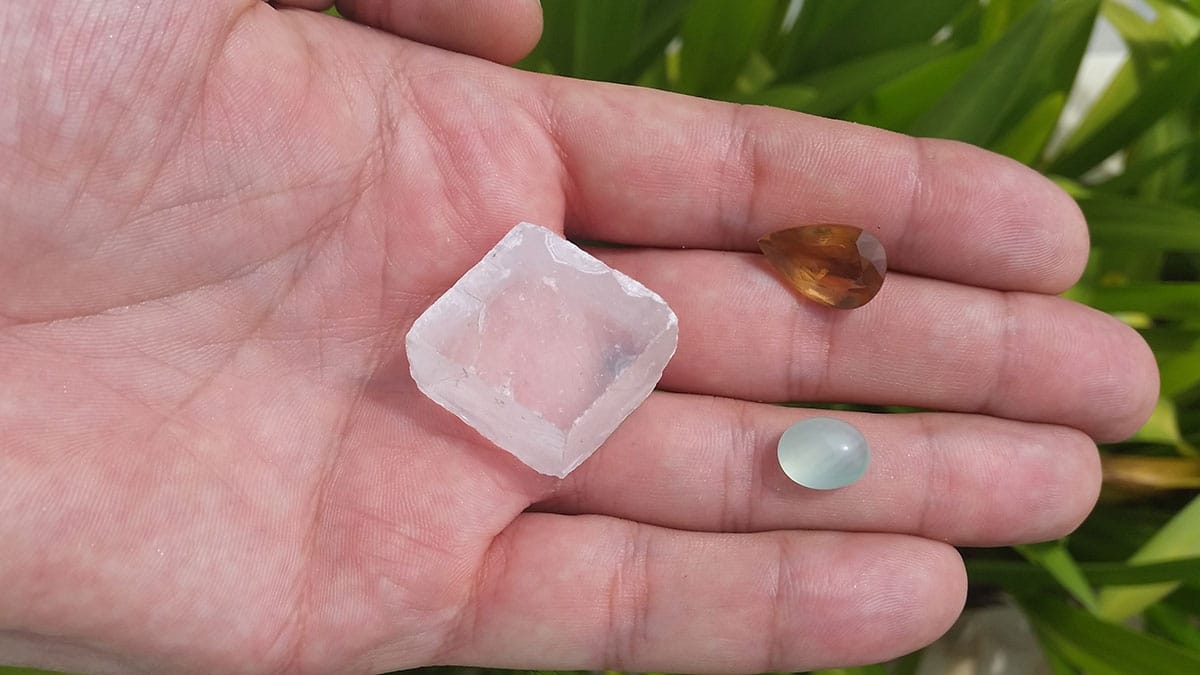
Buy natural gemstones in our shop
Calcite mineral
Calcite is a carbonate mineral and the most stable polymorph of calcium carbonate (CaCO3). The Mohs scale of mineral hardness, based on scratch hardness comparison, defines value 3.
Other polymorphs of calcium carbonate are the minerals aragonite and vaterite. Aragonite will change to calcite over timescales of days or less at temperatures exceeding 300°C, and vaterite is even less stable
Calcite crystals are trigonal-rhombohedral, though actual rhombohedra are rare as natural crystals. However, they show a remarkable variety of habits including acute to obtuse rhombohedra, tabular forms, prisms, or various scalenohedra.
Calcite exhibits several twinning types adding to the variety of observed forms. It may occur as fibrous, granular, lamellar, or compact. Cleavage is usually in three directions parallel to the rhombohedron form. Its fracture is conchoidal, but difficult to obtain.
Properties
It has a defining Mohs hardness of 3, a specific gravity of 2.71, and its luster is vitreous in crystallized varieties. Color is white or none, though shades of gray, red, orange, yellow, green, blue, violet, brown, or even black can occur when the mineral is charged with impurities.
Calcite is transparent to opaque and may occasionally show phosphorescence or fluorescence. A transparent variety called Iceland spar is used for optical purposes. Acute scalenohedral crystals are sometimes referred to as dogtooth spar while the rhombohedral form is sometimes referred to as nailhead spar.
Single crystals display an optical property called birefringence (double refraction). This strong birefringence causes objects viewed through a clear piece to appear doubled. The birefringent effect was first described by the Danish scientist Rasmus Bartholin in 1669.
At a wavelength of 590 nm it has ordinary and extraordinary refractive indices of 1.658 and 1.486, respectively.[9] Between 190 and 1700 nm, the ordinary refractive index varies roughly between 1.9 and 1.5, while the extraordinary refractive index varies between 1.6 and 1.4.
Calcite

